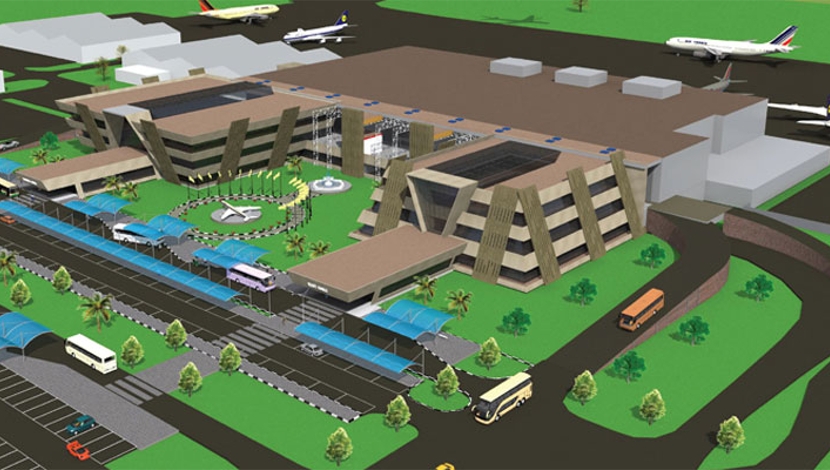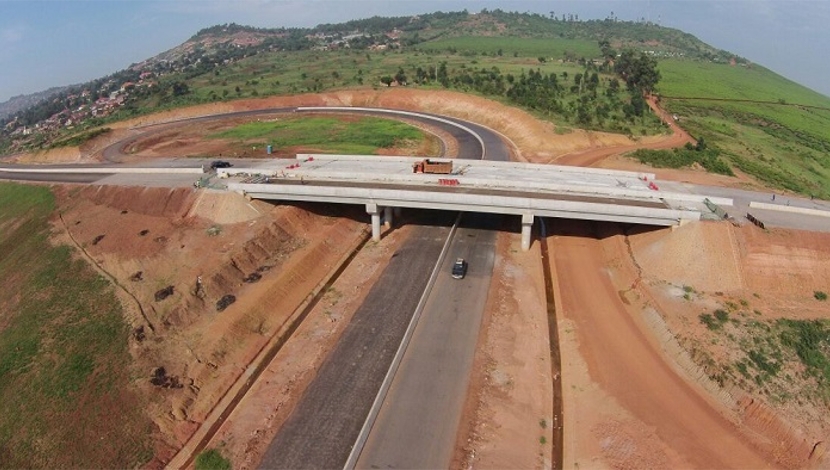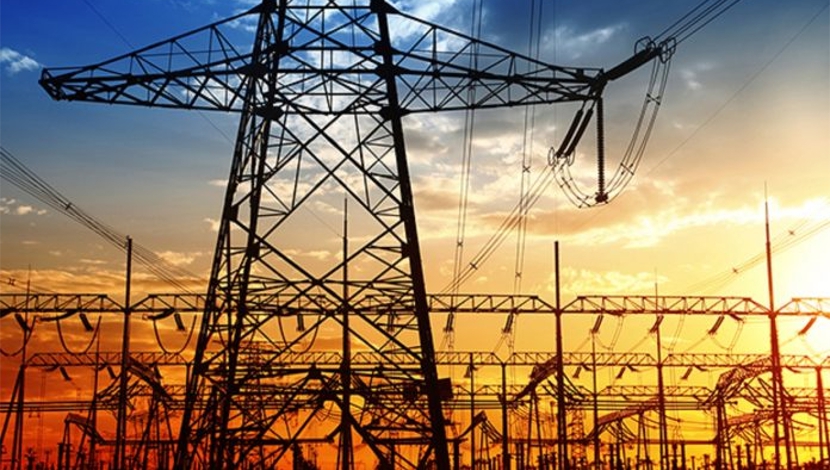

Uganda has embarked on a massive power infrastructure expansion plan and, according to the Electricity Regulator Authority, it will require approximately US$2.5bn by 2026 to invest in both the transmission and distribution system.
Less than 2% of the population in Uganda has access to the grid and only 7% of rural areas are currently electrified. Uganda’s electricity access rates are among the lowest by global standards. Under the country’s Vision 2040, increasing electrification is a major drive to achieving national social and economic development objectives.
Sabine Dall’Omo is the CEO of Siemens Southern and Eastern Africa says that infrastructure and oil sector investments are likely to support growth in Uganda over the medium term. She adds that Uganda has potential to diversify its economy and create opportunities for industrialisation. This will then increase electricity demand, create sustainable revenue streams and opportunities for job creation.
She notes that the country has the potential to generate power from other renewable sources like Solar PV, wind, natural gas, peat and bagasse cogeneration. Uganda’s energy mix is currently generated from three main sources: biomass, thermal and hydropower.
In recent years the country implemented the regulatory framework to boost private sector participation and also the investment in the generation and distribution space.
Dall’Omo said that they want to support sustainable development with solutions and projects in Africa. She also said that they are actively reviewing the requirements for the organization to open an office in Uganda; of course taking into consideration business sustainability.





